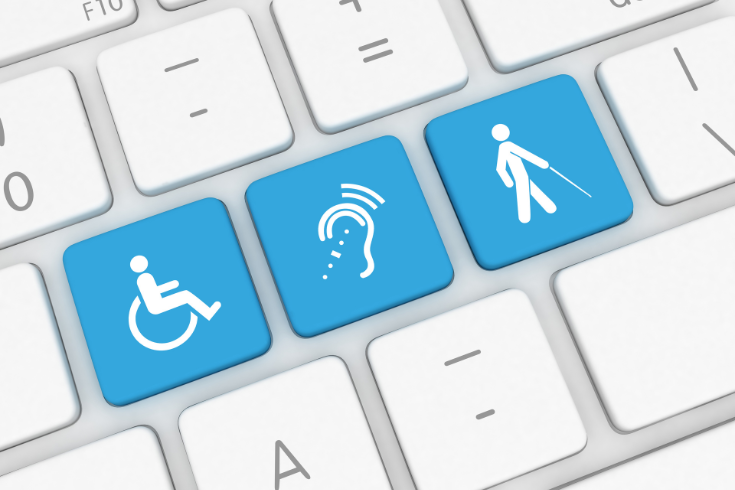The importance of accessibility — and how UX can help to create more equitable experiences
July 31, 2023
The diversity of human life means that individuals of different abilities, ages, and circumstances interact with products and services differently.
Unfortunately, many products are conceived and constructed in a way that primarily considers the experiences of neurotypical and non-disabled individuals. This creates barriers for disabled people, thus causing inequities in their experiences with a product.
More equitable experiences can be achieved by focusing on accessibility. Accessibility is when the needs of people with disabilities are specifically considered during the development or modification of products, services, and facilities. Prioritizing accessibility helps to ensure that people of all abilities are equally able to use a certain product, service, or facility.
However, even in a time when accessibility is a requirement for many digital products and physical locations, it is often deprioritized and written off as a simple checkbox on a list. This misinformed perspective results in surface-level solutions or half-hearted modifications that leave disabled people feeling like a second thought.
Luckily, User Experience (UX) design professionals are equipped with the knowledge and tools to step in and make a difference.
Good UX professionals can help companies to understand that accessibility is more than just a checkbox on a list: it is a principle that, when prioritized, can help to create designs that are better for all users.
One of the pillars of UX design is usability — the measure of how easily a product can be used. Companies benefit from creating products that are usable. A good experience with a product increases the chances that a customer will use that product again or recommend it to another potential customer.
Usability and accessibility are closely linked. If a product is specifically designed with accessibility in mind, then usability will naturally increase, because a wider range of users will be able to easily utilize and interact with the product.
The User-Centered Design program at Brandeis GPS understands the importance of accessibility in design. With courses like RUCD 175: Inclusive Design and Digital Accessibility, students gain an understanding of the range of physical, cognitive, contextual, and social disabilities that challenge technology users. By getting an introduction to universal design, students can help to build products that are usable and accessible to everyone.
July is Disability Pride Month — a time to honor the history, achievements, experiences, and struggles of the disability community. It is also a time for non-disabled people to reflect on their privilege, and for all of us to consider how we can create more equitable experiences for people of all abilities.
